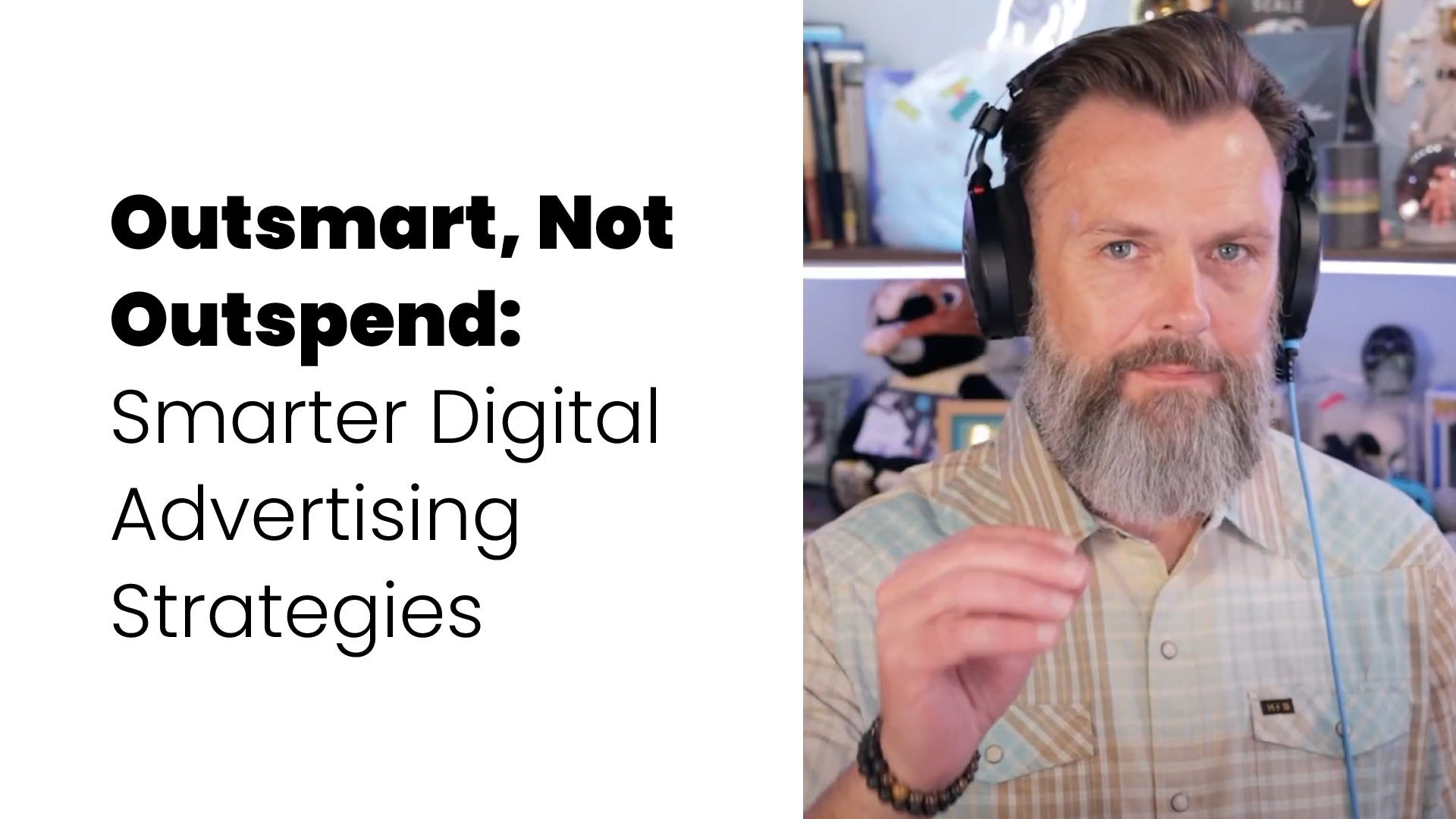The Golden Ratio


What Is The Golden Ratio?
The Golden Ratio is a mathematical ratio commonly found within nature. It is an equation that allows for organic compositions that are aesthetically pleasing to the human eye. It is also known as the Golden Mean, the Golden Section, and the Divine Proportion.
Hold onto your butts, we’re about to talk about some maths.

In its most simple form, the Golden Ratio can be found whenever a line is divided into two sections where the longer section divided by the smaller section is equal to the sum of both sections divided by the first section. The result of this calculation returns a value of 1.618 or Φ, the Greek letter Phi.

I know what you’re thinking. “Yeah, but how is doing math going to make my designs look better?” I am glad you asked! It turns out that applying this concept to your designs can lead to the creation of visually attractive and appealing compositions. It’s all about aesthetics and artistry through the combination of harmony and balance.
Who Discovered This Magical Number?
According to Encyclopedia Britannica, the golden ratio dates all the way back to 5th Century B.C. where some of the greatest mathematical minds of Ancient Greece, including Pythagoras and Euclid, first discovered this phenomenon due to its frequent appearance in geometry. It has since been studied by Fibonacci, Leonardo Da Vinci, Leonard Euler, and Martin Ohm and continues to bring joy to the minds of mathematicians and physicists to this very day.
The principles of this equation can be found in such wonders as the Pyramids of Giza and the Parthenon in Greece, the immortal paintings of Michelangelo and Da Vinci, and even the modern design of well-known companies such as Pepsi and Apple.
How Does It Work?
In our modern world, you can find the influence of this number almost everywhere you look. Websites you visit, the apps on your phone, photography, the architecture of buildings, the logos of your favorite brands, and even in the music you listen to and the movies you watch on Netflix.
There are two other concepts that are related to the Golden Ratio: the Golden Rectangle and the Golden Spiral. To create a Golden Rectangle, you simply take a perfect square, copy it, and divide or multiply its width and height by 1.618. When you place this new square next to the original and continue the process enough times to fill a rectangular shape what you end up with is a rectangle whose proportions are considered to be the most pleasing and balanced.

The Golden Spiral can be created by drawing a continuous arc that connects to each adjacent corner of these squares, resulting in a fluid spiral. This naturally occurring spiral can be found throughout the natural world. Seashells, flowers, galaxies, hurricanes, dolphins, honey bees and even in Donald and Steve’s hair…

This spiral is also connected to the Fibonacci Sequence, a mathematical concept in which each number in a sequence is the resulting sum of the two previous numbers (1+1=2, 1+2=3, 2+3=5, 3+5=8). For instance, if you have seen the movie The Da Vinci Code, the protagonist is called in to crack the code on a sequence of numbers written in invisible ink on the floor of the Louvre. If you have ever listened to the song Lateralus by Tool, you may have noticed that the vocalist sings the lyrics using syllables corresponding to an ascending and descending pattern of the first six numbers of the Fibonacci Sequence (1-1-2-3-5-8-5-3) and the time signatures of the song are 9-8-7. The number 987 is the 16th number occurring in the Fibonacci Sequence. All of this comes full circle when you learn that the ratio between any two successive numbers of the Fibonacci Sequence is very near to the number 1.618.
Why Should This Matter To Me?
The practical applications of these concepts quite simply lend themselves to providing your images, videos, and layouts a more harmonious balance of composition that is mathematically and scientifically understood as pleasing to the eye. The human brain is biologically programmed to pick up on these naturally occurring patterns and register them as more appealing. If your brand or product is innately more appealing than your competitor’s then you have an advantage.
Let’s look at two examples. Both of the following fictional billboard designs are using the same typeface, the same photography, the same branding, and the same messaging. The only thing that really differentiates them is that one of them is designed with the Golden Ratio in mind and the other is not. What is your gut reaction?

This first image completely ignores the Golden Ratio. The fact that it is longer and thinner removes a lot of white space causing it to feel more claustrophobic. There is less room for information, forcing the background of the branding section to cut off most of the horizon. It also forces the tagline to sit on top of the water and the text doesn’t look right no matter where it is placed. Though this design is functionally similar to the one below this one feels crowded and chaotic. Not exactly what I would want my potential patrons to feel if they were to see this billboard on the highway.

The second design feels more open and inviting. The full horizon is visible and you can see more of the water and the sky. The wave elements of the design flow better and separate the information from the photography in a more natural way. They also help to lead the viewer’s eyes more fluidly across the design so that the last thing they see is the tagline, reinforcing the idea that paradise is but a phone call away.
Where Can I Use The Golden Ratio?
This combination of science and art can contribute to beautifully crafted designs and will have you on your way to reinforcing your brand’s identity, improving your social media game, and leaving a lasting impression on your clients and their customers. Here are just a few ways that you can apply this knowledge to your daily workflow.
Layout & Composition
Another tool to put in your arsenal is utilizing Golden Ratio & Golden Spiral for laying out websites, magazine spreads, and more.

Designed Credit: Fabian Ponten
The Golden Grid Template for Adobe XD and Sketch by Jon Vargas is a great
asset when trying to layout your designs on a grid.
Typography with the Golden Ratio
You can use The Golden Ratio to develop a hierarchy and rhythm for your typography. Suppose your body copy is a standard 16px. To determine the next largest size for your text, you can multiply 16 by 1.618 for a result of 25.89. This would allow you to use a font size of 25 or 26 to balance against your body copy. For the next size up you would multiply the 25 by 1.618 again for a result of 40px. This can be repeated as many times as needed depending on the variety of sizes you need for your design.

Here is a good tool to help you develop a balanced set of font sizes and
proper line heights based on the width of your content: Golden Ratio Calculator
Cropping & Resizing Images
The Golden Spiral is an invaluable tool that can help you crop your images in a way that the viewer’s focus will be precisely where you want it to be while retaining a properly balanced composition. In this example, the tiger’s eyes are lined up perfectly with two of the points and your eyes are immediately drawn directly to its eyes.

Almost all image editing software available has some sort of cropping tool
that gives you options for using The Golden Spiral or Golden Ratio to line
up your subject within the crop.
Logo & Brand Development
There is no disputing that many of the world’s most popular and significant products and brands rely on the Golden Ratio to create instantly recognizable and memorable marks to represent their companies. As seen in the image below, another form that the Golden Ratio can take is the Golden Circle. Using a series of varying sizes to create shapes and forms can help to establish a solid silhouette that can be seen from a distance.

Photo Credit: Mostafa Amin and Brandology Studio
These are just some of the many ways that you can apply the Golden Ratio to your work. Find us on Facebook or Instagram and tell us about your favorite techniques and designs that rely on the Golden Ratio to add that special something.
Learn More from Storm Cloud Marketing
Why is a marketing message important?
Which Social Platform Should You Be Advertising On?
Get started today!
Schedule your Intro Call with our team.



